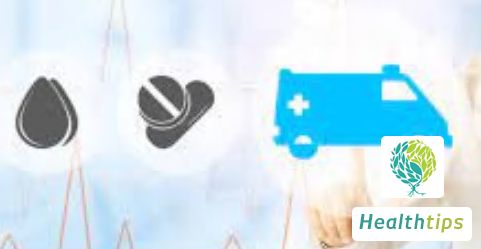What are the symptoms of jaundice?
1. Yellowing of tissues such as skin and sclera. As jaundice deepens, urine, sputum, tears, and sweat also turn yellow, while saliva typically remains unchanged.

2. Changes in the color of urine and feces.
3. Gastrointestinal symptoms, including abdominal distension, abdominal pain, loss of appetite, nausea, vomiting, diarrhea, or constipation.
4. Primary symptoms of cholestasis include skin itching, bradycardia, abdominal distension, fat leakage, night blindness, fatigue, depression, and headaches. Patients may exhibit symptoms such as loss of appetite, nausea, aversion to fatty foods, fatigue, urine as dark as tea, liver pain, fever, abdominal distension, oliguria, and bleeding tendency.
1. Jaundice accompanied by fever in conditions such as acute cholangitis, liver abscess, leptospirosis, sepsis, and lobar pneumonia. Viral hepatitis or acute hemolysis may present with fever followed by jaundice.
2. Jaundice accompanied by severe upper abdominal pain in cases of biliary stones, liver abscess, or biliary ascariasis. Severe pain in the right upper abdomen, chills and high fever, and jaundice constitute Charcot's triad, indicating acute suppurative cholangitis. Continuous dull or distending pain in the right upper abdomen may be seen in chronic cholecystitis, viral hepatitis, liver abscess, or primary liver cancer.
3. Jaundice accompanied by hepatomegaly. Mild to moderate swelling with a soft or moderately hard texture and smooth surface may be observed in viral hepatitis, acute biliary infection, or biliary obstruction. Obvious swelling with a hard texture and uneven nodular surface is seen in primary or secondary liver cancer. In liver cirrhosis, the liver may not be significantly swollen, but there may be small nodules on the hard edge of the surface.



















